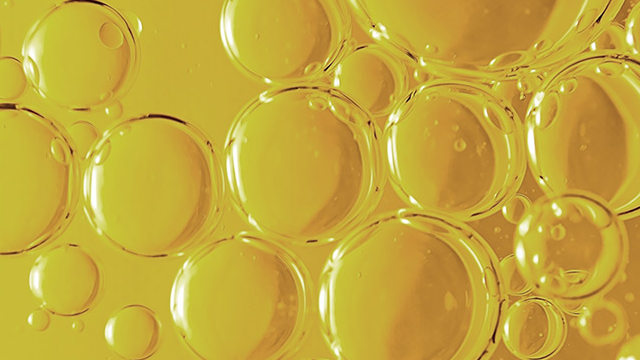Reinigung von Schmieröl
Die Qualität des verwendeten Schmieröls bestimmt die Lebensdauer Ihrer Ausrüstung und das Produktivitätsniveau. Gereinigtes Schmieröl weist keinen Qualitätsverlust auf und ist daher für einen gesunden, störungsfreien Prozess unerlässlich. Es gibt eine Reihe von Optionen, um Schmieröl zu reinigen. Mit unserer Expertise finden Sie die richtige.
Sauberes Schmieröl sorgt für einen reibungslosen Betrieb
- Wasser und Feststoffe werden in einem Arbeitsgang entfernt
- Selbst kleine Partikel werden effektiv beseitigt
- Minimaler Wartungsaufwand ermöglicht längere Prozessbetriebszeit
- Verlängerte Lebensdauer der Ausrüstung
- Niedrige Gesamtbetriebskosten
Filtration, Koaleszenz und Zentrifugation sind die drei Haupttechnologien zur Reinigung von Schmieröl und jede davon verfügt über ihre eigenen besonderen Eigenschaften. Die passende Lösung für Sie hängt von den spezifischen Anforderungen Ihres Prozesses ab. Wir werden auf alle drei Technologien näher eingehen und alles bereitstellen, was Sie für Ihre Entscheidung benötigen – von umfassenden Whitepapers bis hin zu praktischen Checklisten.
Haben wir Sie neugierig gemacht und möchten Sie jetzt mehr über die Schmierölreinigung erfahren?
- Whitepaper herunterladen
- Leistungsüberblick herunterladen
- Präsentation herunterladen
- Checkliste herunterladen
Suchen Sie nach Produkten und Teilen? Werfen Sie einen Blick in unseren Produktleitfaden oder fordern Sie ein Angebot an!
Die drei Technologien zur Schmierölreinigung in Kürze
Durch eine Schmierölreinigung lassen sich erhebliche Kosteneinsparungen realisieren. Doch wie können Sie feststellen, welche Technologie sich für Ihre Anwendung am besten eignet und bei den geringsten Gesamtkosten die höchste Effizienz bietet? Nachfolgend vergleichen wir die drei gängigsten Optionen: Zentrifugation, Filtration und Koaleszenz.
- Die Zentrifugation separiert Materie unterschiedlicher Dichte – sowohl Wasser als auch Partikel.
- Filter verwenden unterschiedliche Maschenweiten, um ausschließlich Feststoffe aufzufangen.
- Koaleszer entfernen Wasser aus Schmieröl.
Whitepaper: Die Bedeutung der Schmierölreinigung
Sie möchten mehr über die Schmierölreinigung erfahren? Unser Whitepaper bietet einen umfassenden Überblick über die verfügbaren Technologien und dient Ihnen als Leitfaden zur Auswahl der für Ihre Anwendung am besten geeigneten Variante.
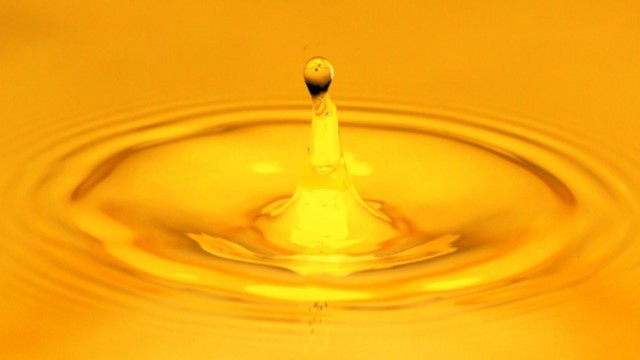
Kurzleitfaden zur Produktauswahl
Der Alfa Laval Product Guide ist ein benutzerfreundliches Tool, das Ihnen hilft, die beste Lösung zur effektiven Reinigung von Kühlmitteln, Waschflüssigkeiten und Schmieröl zu identifizieren, auszuwählen und ein Angebot dafür anzufordern. Rufen Sie den Online-Katalog auf und suchen Sie nach den von Ihnen ausgewählten Produkten und Teilen. Wenn die Produkte für Ihr Land nicht angezeigt werden, füllen Sie bitte das Kontaktformular aus.

Checkliste: Auswahl der optimalen Technologie zur Schmierölreinigung
Sie sind sich nicht sicher, welche Technologie zur Schmierölreinigung Sie einsetzen sollten? Diese Checkliste hilft Ihnen, die verschiedenen Optionen zu vergleichen und zu ermitteln, welche Lösung sich für Ihren Prozess am besten eignet.
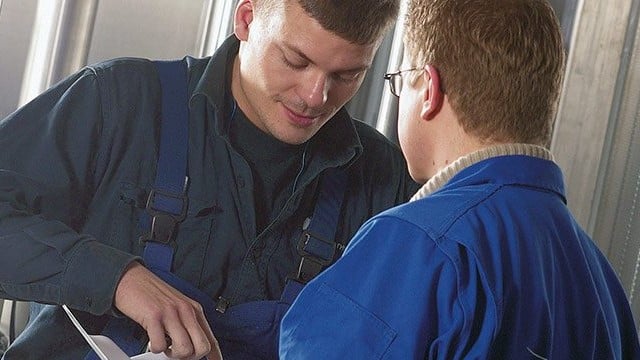
Präsentation: Die Bedeutung der Schmierölreinigung
Müssen Sie anderen Personen die Reinigung von Schmieröl erklären? Dann nutzen Sie diese Präsentation, um die Gründe und Technologien hierfür verständlich darzulegen.
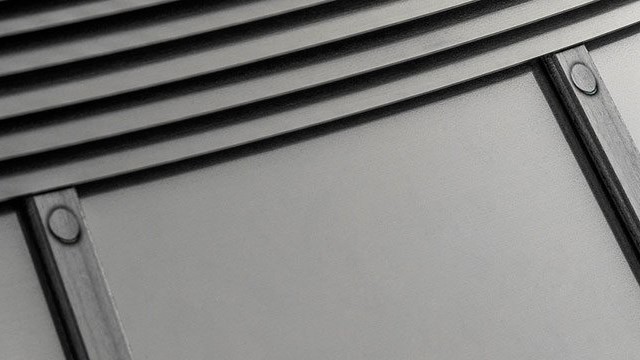
Wartung

Eine lange Lebensdauer sicherstellen
Wenn Sie Ihren Separator richtig pflegen, profitieren Sie jahrzehntelang von einer effizienten Schmierölreinigung. Lesen Sie also unbedingt das Handbuch und setzen Sie auf Originalersatzteile sowie das richtige Werkzeug. Wir haben ein umfassendes Paket mit detaillierten Wartungsanweisungen für Sie zusammengestellt sowie spezifische Wartungskits mit Originalersatzteilen.
- Die Betriebszeit maximieren
- Eine lange Lebensdauer unterstützen
- Sofort einsatzbereite Kits vereinfachen die vorbeugende Wartung und sparen Zeit
- Schnellere Auftragsbearbeitung
- Globale Vertriebszentren ermöglichen eine schnelle Lieferung
Paket zur vorbeugenden Wartung
Die vorbeugende Wartung von Alfa Laval umfasst eine Zwischenwartung (IS) oder eine Hauptwartung (MS), die in einer Kiste mit den benötigten Teilen verpackt ist. Das Serviceintervall richtet sich nach den Betriebsstunden oder einem festen Zeitraum.
Unsere Empfehlung:
- Befolgen Sie immer die Wartungsanweisungen im Handbuch des Separators.
- Führen Sie alle 3 bis 6 Monate eine Zwischenwartung durch (2.000 bis 4.000 Stunden).*
- Führen Sie je nach Maschinentyp und Prozessbedingungen alle 12 bis 18 Monate (8.000 bis 12.000 Stunden) eine Hauptwartung durch.*
* Im Handbuch ist das erforderliche Maximum angegeben. Die Reinigung von Schmieröl ist im Allgemeinen eine Anwendung, bei der die Intervalle in einem gewissen Rahmen gestreckt werden können.
Handbücher für Separatoren zur Schmierölreinigung
Hier finden Sie die aktuellen Handbücher für Ihr OCM (Ölreinigungsmodul).
Dazu gehören:
- Sicherheitshinweise
- Bedienungsanweisungen
- Wartungsanweisungen
- Troubleshooting
- Technische Daten
Bitte beachten Sie, dass es aufgrund des langjährigen Einsatzes dieser Produktreihe zu leichten Abweichungen beim Design kommen kann.
Die Handbücher behandeln sämtliche Aspekte des Betriebs und der Pflege Ihrer Investition.
Es stehen Handbücher für folgende Modelle zur Verfügung:
- MAB 103 (OCM 103)
- MAB 104 (OCM 104)
- MAB 206 (OCM 206)
- MMB 304 (OCM 304)
- MMB 305 (OCM 305)
Die Größe des Separatormoduls ist auf dem Typenschild angegeben.
Falls das Handbuch für Ihren Schmierölseparator nicht mit Ihrem Produkt übereinstimmen sollte, kontaktieren Sie uns bitte.
Wartungskit für Separatoren bestellen
Die Wartung Ihres Zentrifugalseparators ist einfach. Im Normalfall müssen Sie lediglich das Wartungskit für Ihren Separator bestellen und an ihm installieren, um einen störungsfreien Betrieb zu gewährleisten. Um das passende Wartungskit zu identifizieren und ein Angebot anzufordern, konsultieren Sie bitte unseren Produktleitfaden.
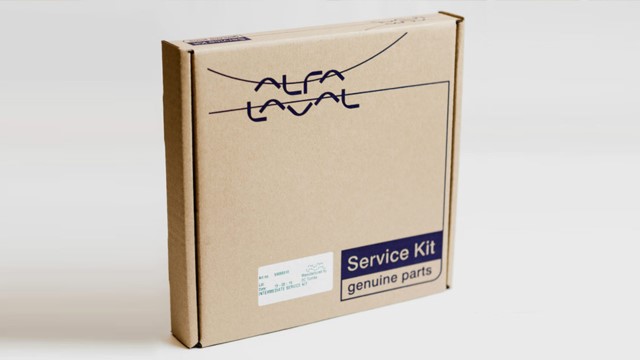
Servicefilme
Wir bieten eine Reihe von Servicefilmen an, die Ihnen helfen, das Optimum aus Ihrem Ölreinigungsmodul herauszuholen.
Installation eines Moduls zur Schmierölreinigung
Modul zur Schmierölreinigung im Betrieb
Manuelle Reinigung eines Separators
Angebot anfordern
Über dieses einfache Formular erhalten Sie schnell und unkompliziert einen Kostenvoranschlag für eine Lösung zur Schmierölreinigung, die Ihren Anforderungen entspricht. Geben Sie die Basis-Details zu Ihrem System ein, und wir setzen uns in Kürze mit Ihnen in Verbindung.
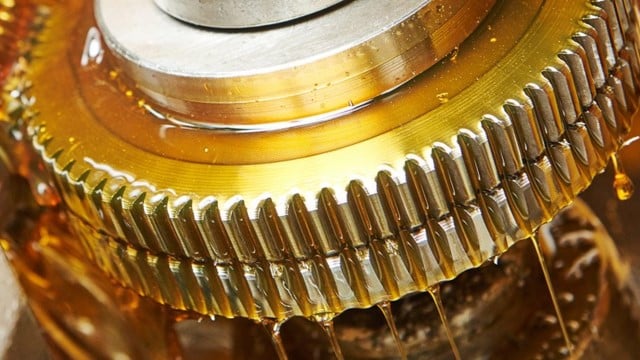
Probleme bei der Reinigung von Schmieröl
Wenn Ihr Schmieröl nicht richtig gereinigt oder gewartet wird, besteht die Gefahr, dass Ihre wertvolle Ausrüstung durch Feststoffe und auch Wasser Schaden nimmt. Damit riskieren Sie kostspielige Wartungs- und Reparaturarbeiten und sogar Betriebsunterbrechungen. Diese Probleme sind vermeidbar.
Der langfristige Qualitätserhalt Ihres Schmieröls schützt Sie am besten vor durch Kontamination verursachten Problemen. Mit einem Fokus auf sauberem Öl haben Sie die Wartungskosten besser im Griff und tragen dazu bei, dass der Betrieb im Zeit- und Kostenrahmen bleibt.
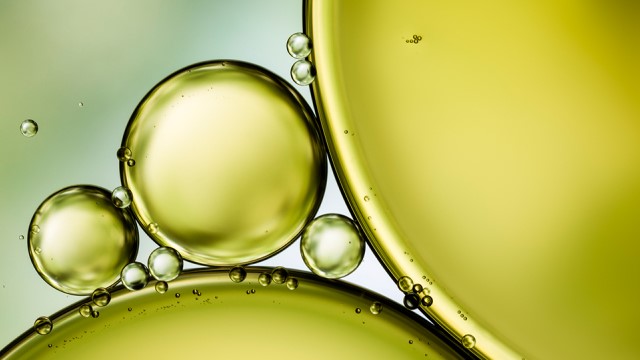
Kontamination durch Feststoffe
Feststoffpartikel sind die Ursache zahlreicher Betriebsausfälle. Partikel, die größer als eine bestimmte Spaltgröße sind, blockieren den Durchfluss. Partikel, die kleiner als die Spaltgröße sind, verursachen dagegen erosiven Verschleiß, der die Spalte vollständig blockieren und Mikrorisse zur Folge haben kann. Den größten Schaden richten Feststoffe an, die etwas größer oder ähnlich groß sind wie die dynamische Toleranz zwischen den beweglichen Teilen. Sie verursachen abrasiven Verschleiß und Oberflächenermüdung, und das kann zum Versagen der Ausrüstung führen.
Kontamination durch Wasser
Kontamination durch Wasser ist die Hauptursache für Korrosion und kann kostspielige Austausch- und/oder Reparaturarbeiten an der Ausrüstung zur Folge haben. So verursacht Wasser im Öl Graufleckigkeit (Micropitting) an Metalloberflächen und an Kontaktstellen von Metallteilen. Es fördert die Versprödung von Stahlbauteilen und Rissbildung. Außerdem verringert es die Ölviskosität und somit die Schmierfähigkeit.
Leistungsüberblick: kostengünstige Schmierölreinigung
Sie möchten die Betriebskosten niedrig halten? Diese Infografik verdeutlicht Ihnen die Vorteile der Schmierölreinigung und stellt die Gesamtbetriebskosten der verschiedenen Technologien gegenüber.
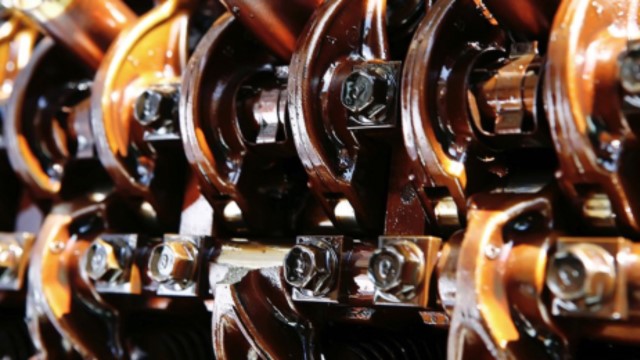
Blog zum Thema Schmierölreinigung
Mit den geeigneten Technologien und dem richtigen Know-how ist es ein Leichtes, Schmieröl verunreinigungsfrei zu halten. Klicken Sie sich durch unsere Blogbeiträge zum Thema Schmierölreinigung und finden Sie dort handfeste Ratschläge, wie Sie Ihre Produktivität steigern sowie den Wartungsaufwand und die Betriebskosten senken können.
Häufig gestellte Fragen zum Thema Schmierölreinigung
Hier finden Sie Antworten auf die häufigsten Fragen zum Thema Schmierölreinigung. Noch ausführlicher behandelt unser Blog häufige Probleme bei der Schmierölreinigung.
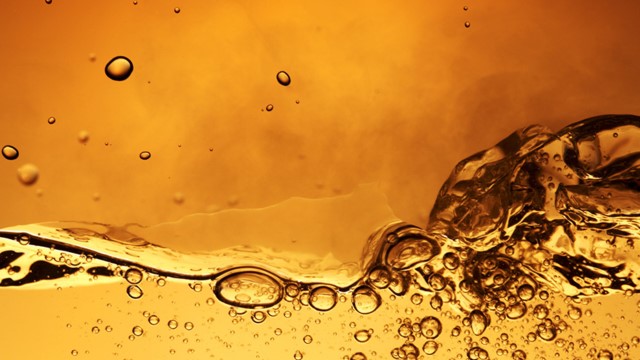
Sie sind Kunde aus der maritimen Industrie? Wir haben die optimalen Öllösungen für Sie.
Die maritime Industrie hat ganz eigene Anforderungen und Ansprüche an Schmieröllösungen . Daher finden Sie bei uns ein ganzes Sortiment, das genau auf diese Bedürfnisse zugeschnitten ist.

Weitere Möglichkeiten, schnell mit uns in Kontakt zu treten:
Alfa Laval Mid Europe GmbH
Wilhelm-Bergner-Straße 7
D-21509 Glinde
Germany
Telefon: +49 40 72 74 20 20
E-Mail: info.mideurope@alfalaval.com

